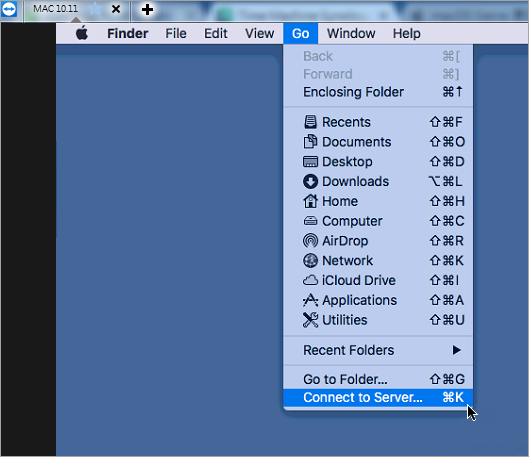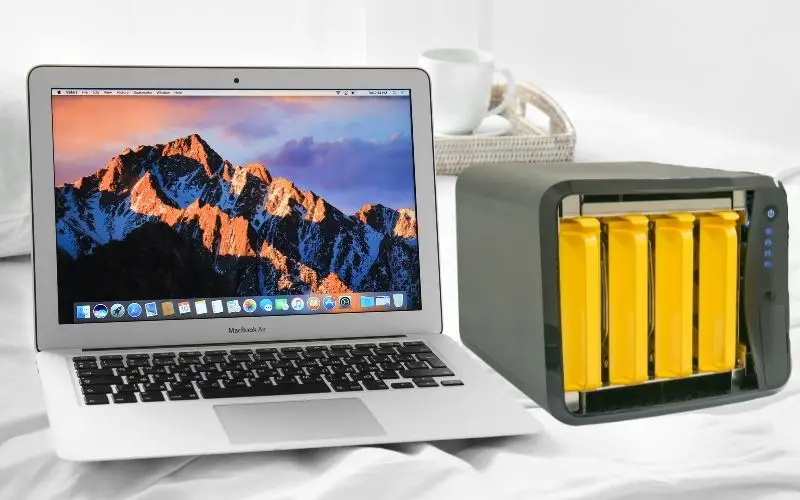
Here we are using the general principle of using the vendor supplied feature where possible.
#BACKUP MAC TO SYNOLOGY MAC#
The best way to make bootable backups of your Mac is Carbon Copy Cloner. It’s an excellent way to diversify your backups beyond Time Machine.

Simply plug in the drive, boot your Mac with the option key held down, and boom - you’re off to the races. Bootable backups can be great for quick turn-arounds in the case of a failed or replaced disk. Primarily, a Time Machine drive cannot be plugged in and booted from. The utility’s archiving ability is extremely useful, but on the recovery end of things, Time Machine isn’t as flexible as power users may require their backup solution be. MacOS’ built-in Time Machine is a fantastic way to easily back up a Mac, but it has its limitations. Might not restore packages, system tweaks and files that are stored in directories other than traditional ones (for example “/MyApp/mysourcecode.cs” will not be restored by default).Only personal files and the files you select can be restored and will not restore the operating system.If you restore after installing an operating system: After the backup is restored, everything will be exactly how it was while you were doing the backup.It can be done from either Recovery or Installation USB.All the backup will be restored to your disk, including the operating system (for example Yosemite).If you restore without installing an operating system: You can restore from a Time machine backup without or after installing an operating system. When the backup is completed, the hard drive will NOT be bootable, meaning that you can’t run macOS from your Time machine backup. The backup includes docker files, npm packages, your personal files etc. I’ve also noticed that when restoring from a backup you will need to sign in to App Store and iCloud again and Chrome extensions need to be re-installed. The rest of the exclusions are for system things like caches and databases that exist to index other files where the system can regenerate these databases after a restore. Some of the more obvious user file exclusions are Trash, Document revisions and MobileBackups from the local Time Machine store are all excluded. It excludes log files, Spotlight indexes, caches, temporary files and trash (have a look: On OS X, what files are excluded by rule from a Time Machine backup?). Time Machine by default backs up nearly everything in your macOS partition. Backing up your devices to NAS using Time Machine

No performance penalty from the second redundant drive and you still have protection the trade-off is you get a big performance penalty when the hot spare is activated (while it rebuilds) and there’s still a risk of the array failing if a second drive fails while the array is rebuilding.

You may consider setting it up with SHR1 and a hot spare. No penalty from simultaneous use as long as each use is on a different volume.One drive needs to fail before there is a risk of data loss.Slight performance penalty in situations where there is significant use from two sources.Two drives need to fail before there is a risk of data loss.The only advantage you would gain would be less loss of data if an array fails, but at the cost of a higher risk of array failure. Let’s take an example a NAS with 4 x 6TBb drives. The advantage to creating multiple volumes comes when you are using different size drives, want different levels of redundancy, or have significantly different uses. That being said, in this case you want to just make one, and then create shares to logically organize things. You can use the Synology RAID calculator to help determine how you want to set up volumes.

It’s important that before you start you understand the concept of volumes on Synology Diskstations, because that’s the first thing you will need to set up before you set up Time Machine backups.


 0 kommentar(er)
0 kommentar(er)
